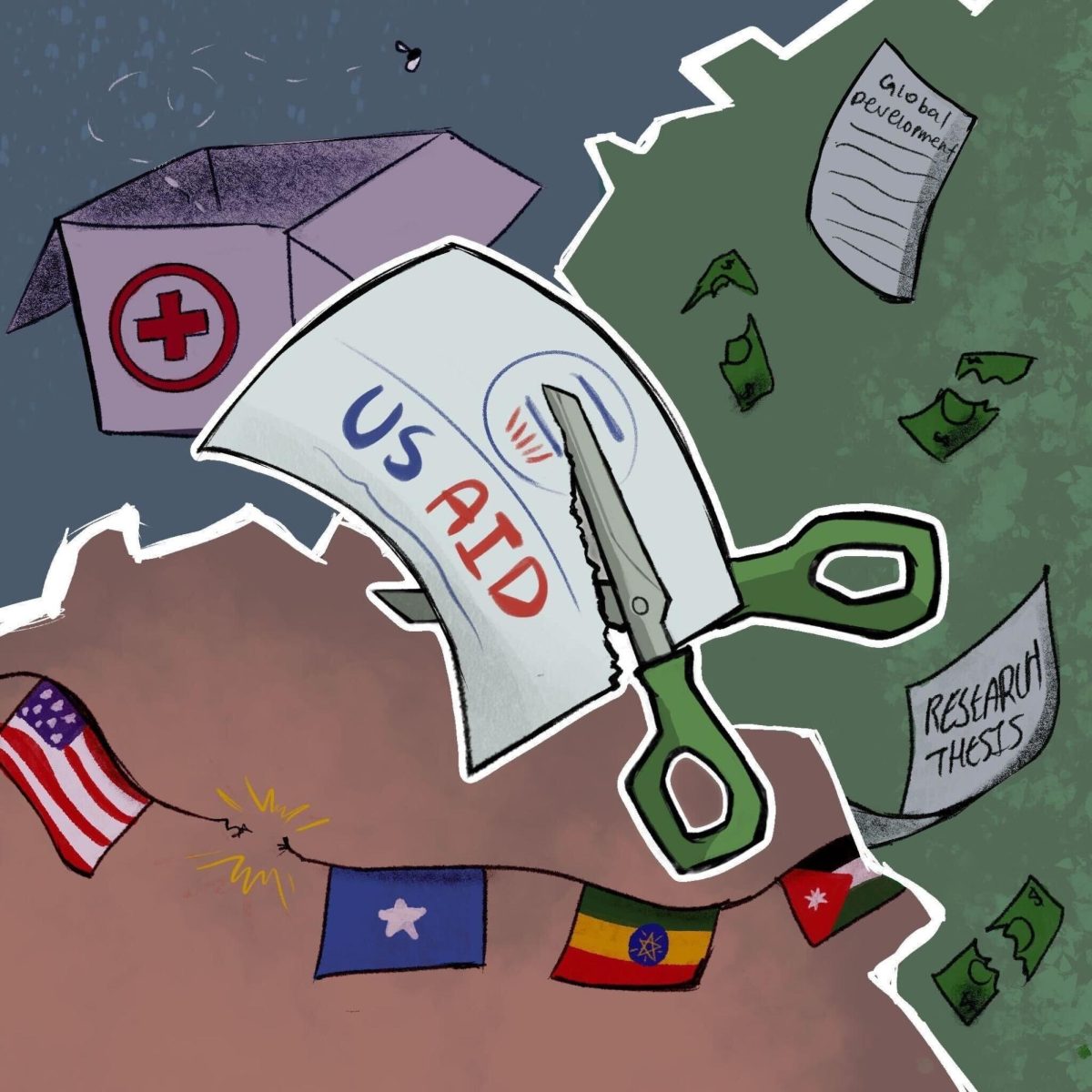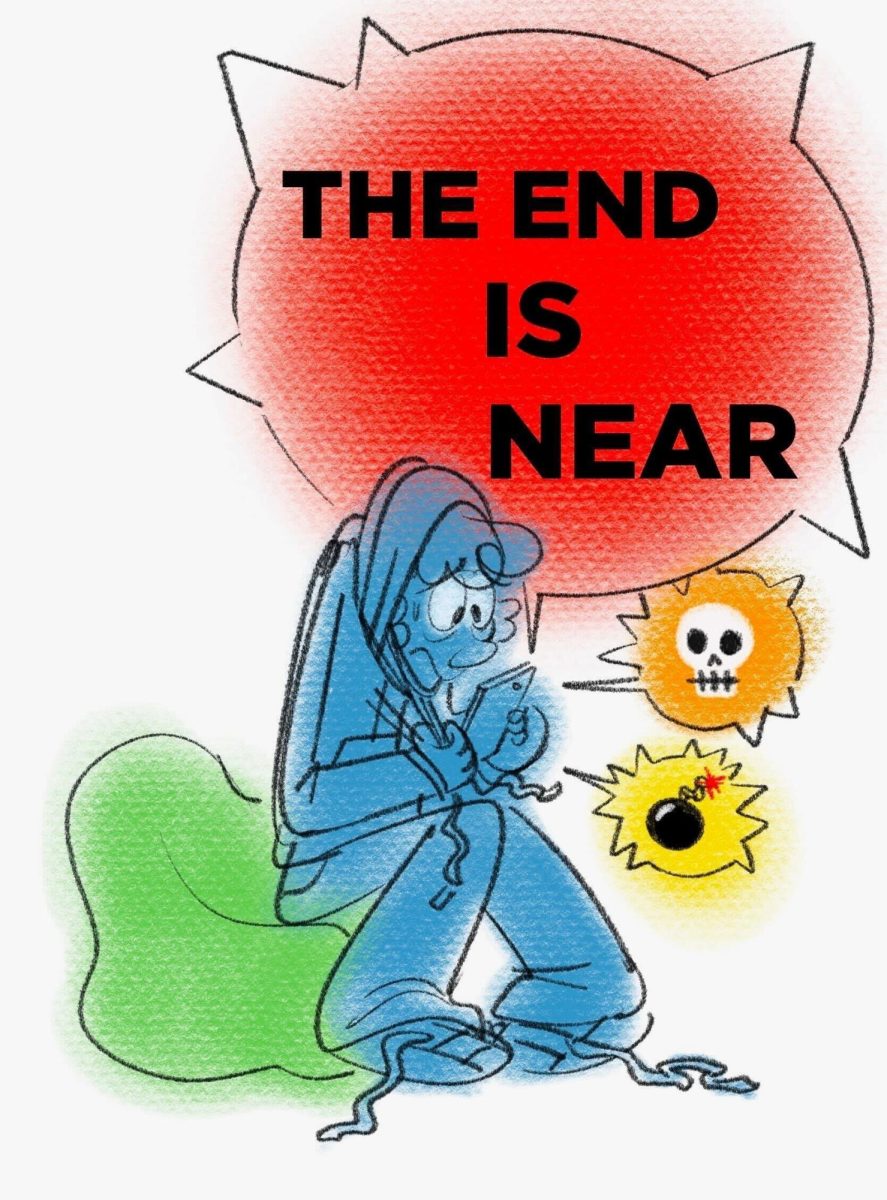MILWAUKEE — Prescriptions for narcotic painkillers soared so much over the last decade that by 2010 enough were being dispensed to medicate every adult in the United States around the clock for a month.
Behind that surge was a network of pain organizations, doctors and researchers that pushed for expanded use of the drugs while taking in millions of dollars from the companies that made them, a Milwaukee Journal Sentinel/MedPage Today investigation found.
Last year, the newspaper found that a University of Wisconsin-based organization in Madison had been a national force in helping liberalize how opioids are prescribed and viewed. While pushing a pharmaceutical industry agenda that critics say was not supported by rigorous science, the UW Pain & Policy Studies Group took in $2.5 million over a decade from opioid companies.
After the story ran in April, the UW Pain group said it had decided to stop taking money from the drug industry.
But the UW group is just one link in a network of national organizations and researchers with financial connections to the makers of narcotic painkillers that paved the way for the boom in prescribing drugs such as OxyContin and Vicodin.
Beginning 15 years ago, the network helped create a body of dubious information that can be found in prescribing guidelines, patient literature, position statements, books and doctor education courses, all which favored drugs known as opioid analgesics.
Doctors say the increased use sprang from research that showed the drugs were safe and effective for short-term pain, such as after surgery, as well as cancer and end-of-life pain. Without rigorous research, they say, those beliefs then were applied to a much larger population of people with long-term pain, such as low back pain and fibromyalgia.
With millions of Americans suffering real pain that can last for years and thousands of doctors wanting to help them, it was a situation ripe for the influence of the pharmaceutical industry, said Mark Sullivan, a professor of psychiatry and behavioral sciences at the University of Washington.
By 2010, those companies were selling four times as many prescription painkillers to pharmacies, doctors’ offices and hospitals than in 1999, according to the most recent data from the U.S. Centers for Disease Control and Prevention.
Led by OxyContin, sales on prescriptions of opioid drugs totaled $8.4 billion in 2011, up from $5.8 billion in 2006, according to data supplied by IMS Health, a drug market research company.
“We’ve never really exposed so many people to so much drug for so long,” Sullivan said. “We don’t really know what the long-term results are.”
A band of doctors who get little or no money from opioid makers has begun to challenge the hype behind the drugs. They say pharmaceutical industry clout has caused doctors to go overboard in prescribing the drugs, leading to addiction, thousands of overdose deaths each year and other serious complications.
Several of the pain industry’s core beliefs about chronic pain and opioids are not supported by sound research, the Journal Sentinel/MedPage Today investigation found. Among them:
—The risk of addiction is low in patients with prescriptions.
—There is no unsafe maximum dose of the drugs.
—The concept of “pseudoaddiction.”
That concept holds those who display addictive behavior, such as seeking more drugs or higher doses, may not be actual addicts — they are people who need even more opioids to treat their pain.
Even some doctors who have financial relationships with companies that make narcotic painkillers concede that the practice of pain medicine got ahead of the science.
Lynn Webster, a Utah pain specialist who has worked as a consultant and adviser to most of the companies that make opioids, said: “We overshot our mark, all well-intended, I believe. We certainly have a lot of reverse education that needs to occur.”
Some chronic pain sufferers do benefit from the drugs, said Webster, an officer of the American Academy of Pain Medicine.
“The problem is pain is complex,” he said. “There is a whole family of opioids, and we have not figured out how to best identify the individuals who can benefit long-term.
“I don’t think industry was trying to harm anyone. I think industry was trying to fill a need that we as physicians saw.”







